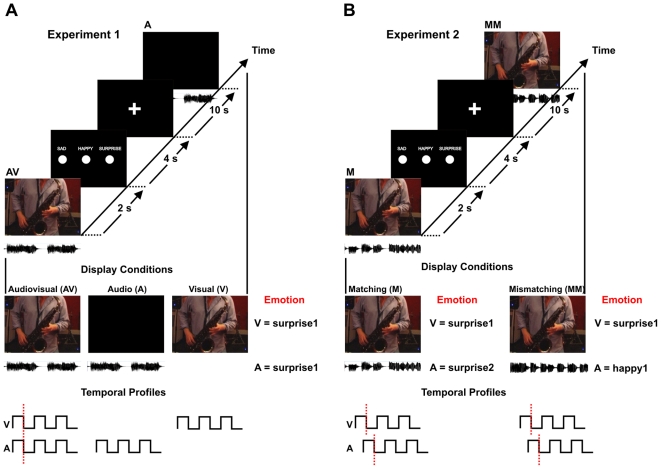Figure 1. Schematic of stimulus conditions and experimental design in Experiments 1 and 2.
(A) Experiment 1. Participants were scanned during three 7-minute runs during which the audiovisual (AV), visual-only (V) and auditory-only (A) stimuli were presented. In each run participants were shown 27 stimuli (3 emotions: sad, happy, and surprise X 3 displays X 3 modalities: audiovisual, auditory, and visual) for a total of 81 presentations. The audiovisual condition consisted of the original musical displays (2 s) in which auditory and visual signals were in synchrony, as illustrated in the temporal profiles at the bottom of the figure. The visual-only condition showed the visual displays extracted from the original audiovisual displays without any sound. The auditory displays were presented by showing a black screen together with the auditory signal. (B) Experiment 2. Participants were scanned during three 6-minute runs during which the emotionally matching (M) and mismatching (MM) displays were presented. In each run participants were shown 24 stimuli, of which 6 were emotionally matching and 18 were emotionally mismatching, for a total of 72 presentations. The emotionally matching displays combined visual and auditory signals that expressed the same emotion but were extracted from different original audiovisual displays. In contrast, the emotionally mismatching displays combined visual and auditory information that expressed different emotions and was extracted from different original audiovisual displays. In this way both types of emotionally matching and mismatching stimuli were presented as asynchronous visual and auditory signals, as illustrated in the temporal profiles at the bottom of the figure.

